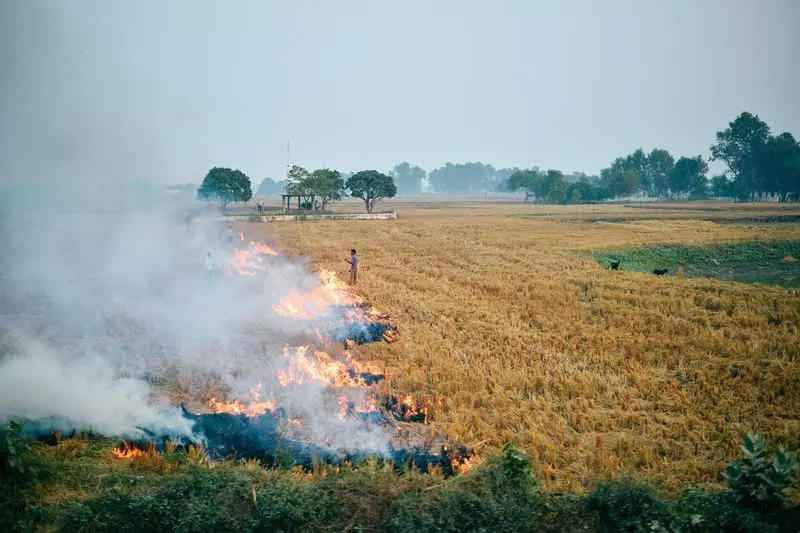
A high-level delegation from the Commission for Air Quality Management (CAQM) recently conducted an intensive inspection tour across Punjab to assess the state's preparedness for managing paddy residue ahead of the critical winter season. The team's visit comes at a crucial time when concerns about stubble burning and its impact on air quality are mounting.
Ground Reality Check
The CAQM team engaged in detailed discussions with Punjab state officials and district authorities to evaluate the current infrastructure and strategies for crop residue management. Their assessment focused on multiple critical aspects that could determine the success or failure of pollution control efforts in the coming months.
Key Focus Areas
- Availability and distribution of stubble management machinery
- Effectiveness of awareness campaigns among farming communities
- Implementation of in-situ and ex-situ management techniques
- Coordination between various government departments
- Monitoring mechanisms for stubble burning incidents
The Stubble Burning Challenge
Punjab faces significant challenges in managing approximately 20 million tonnes of paddy straw generated annually. The traditional practice of stubble burning has been a major contributor to the severe air pollution that blankets North India every winter, particularly affecting the National Capital Region.
The CAQM team emphasized the urgent need for effective implementation of available solutions, including:
- Promoting happy seeders and other farm equipment
- Expanding biomass utilization projects
- Strengthening monitoring and enforcement mechanisms
- Enhancing farmer support and incentive programs
Way Forward
The inspection team's findings are expected to shape policy interventions and support measures for the upcoming paddy harvesting season. With winter approaching, the effectiveness of Punjab's stubble management strategies will have far-reaching implications for air quality across northern India.
The state government has assured full cooperation in implementing the commission's recommendations to minimize stubble burning incidents and protect environmental health.





